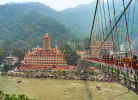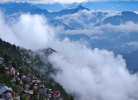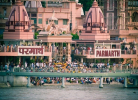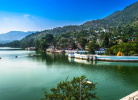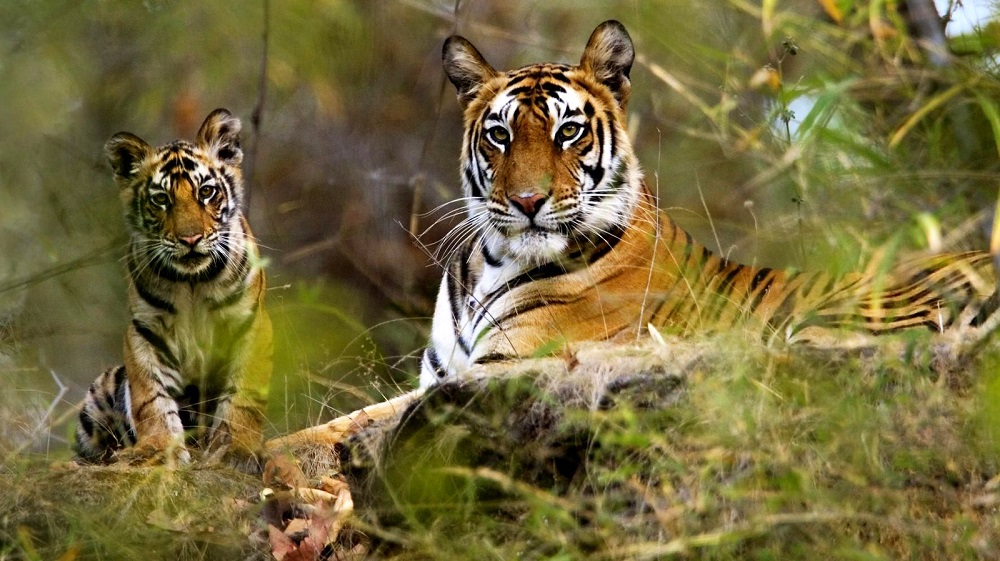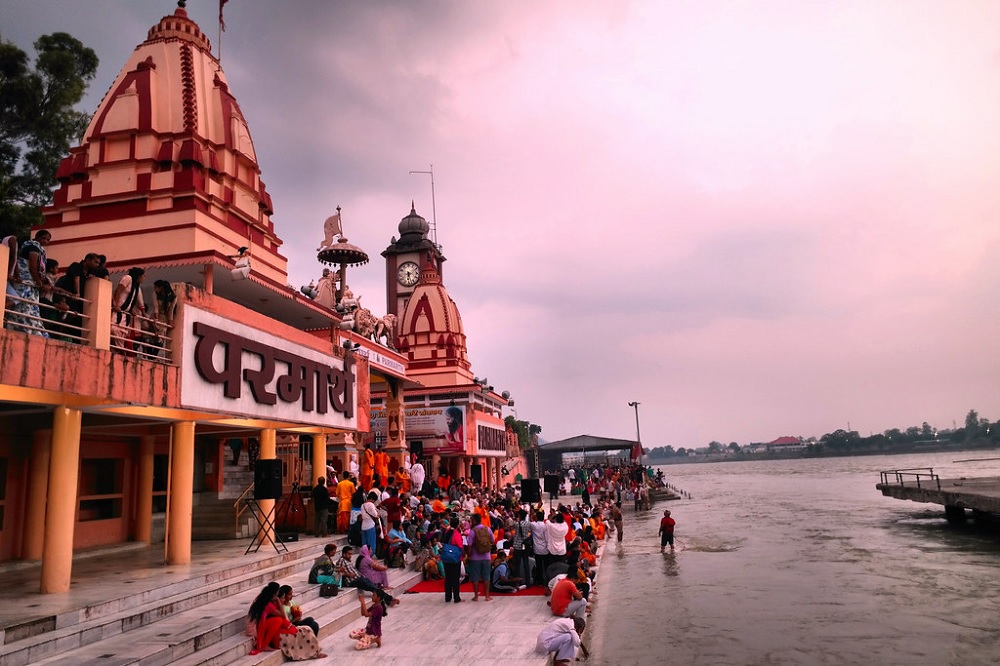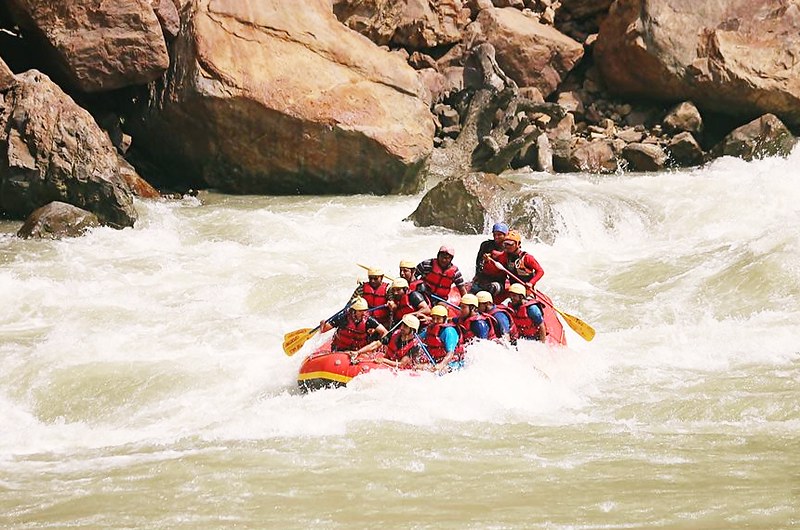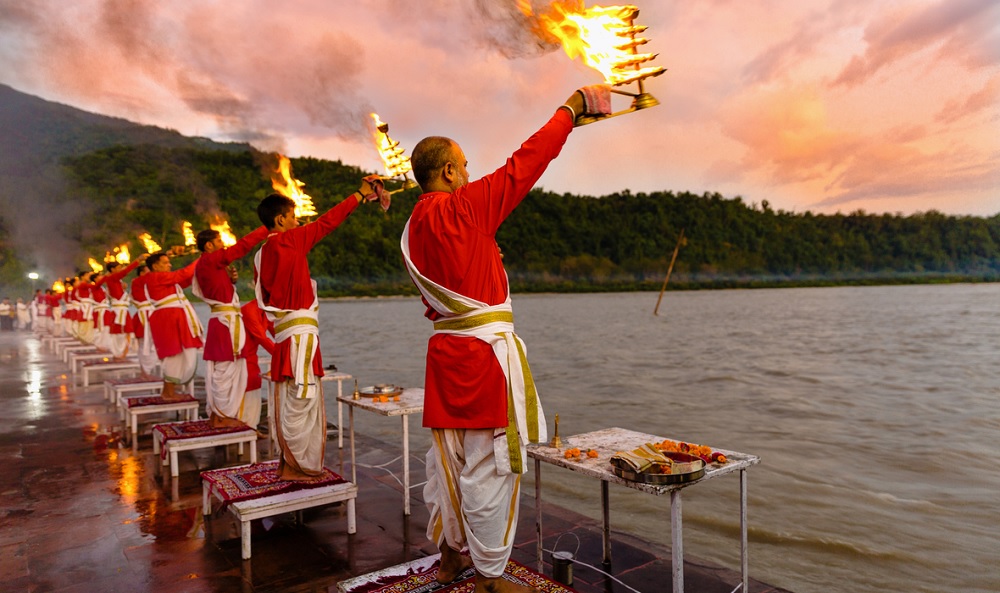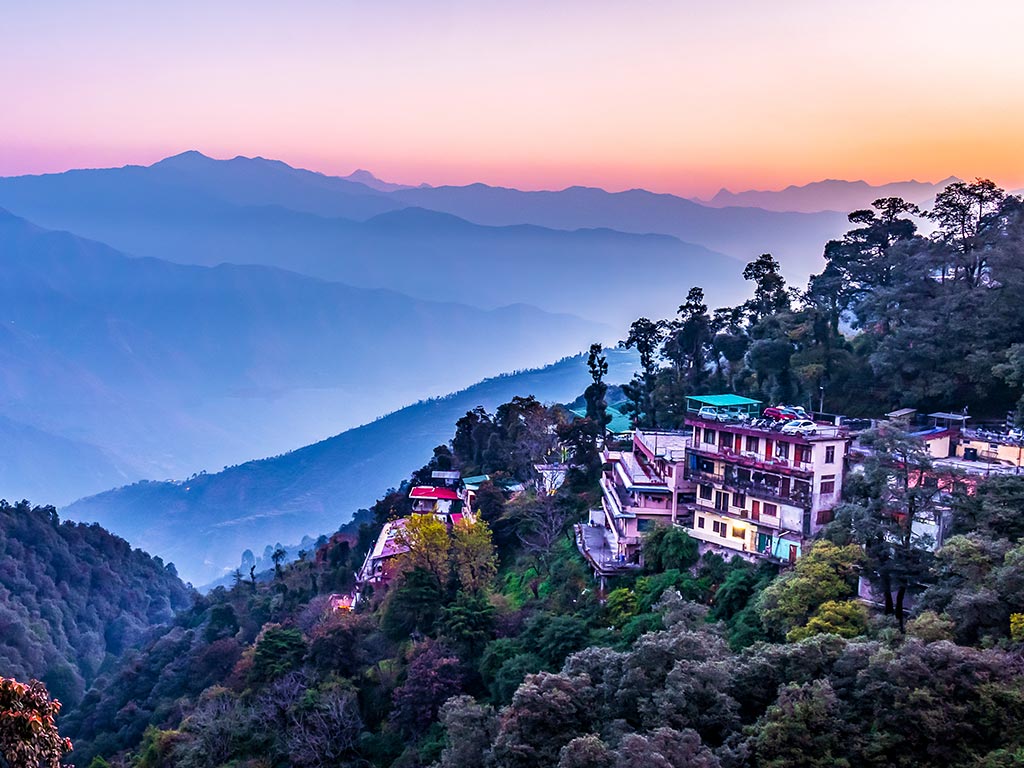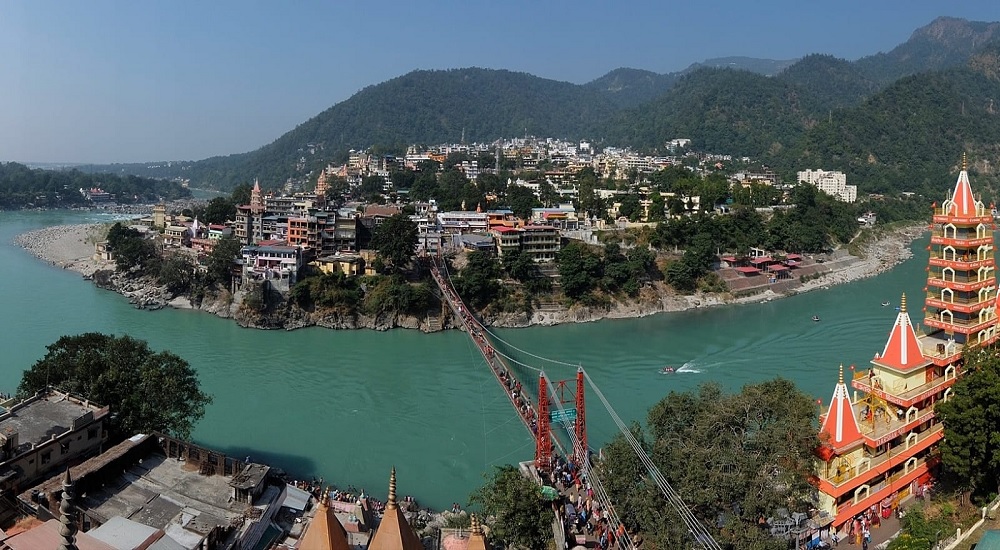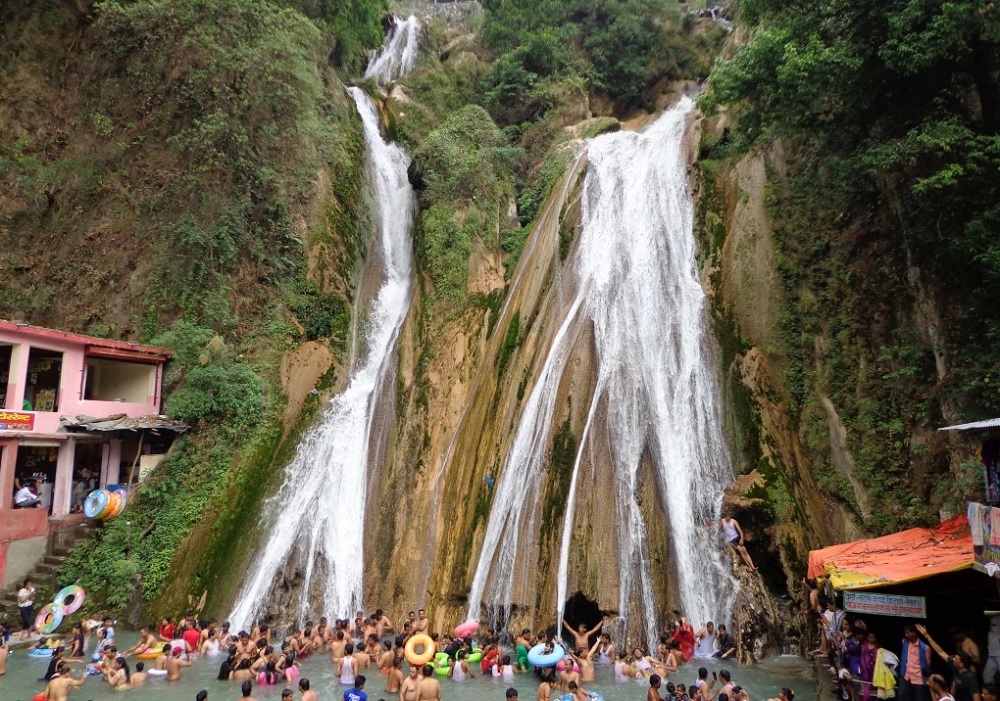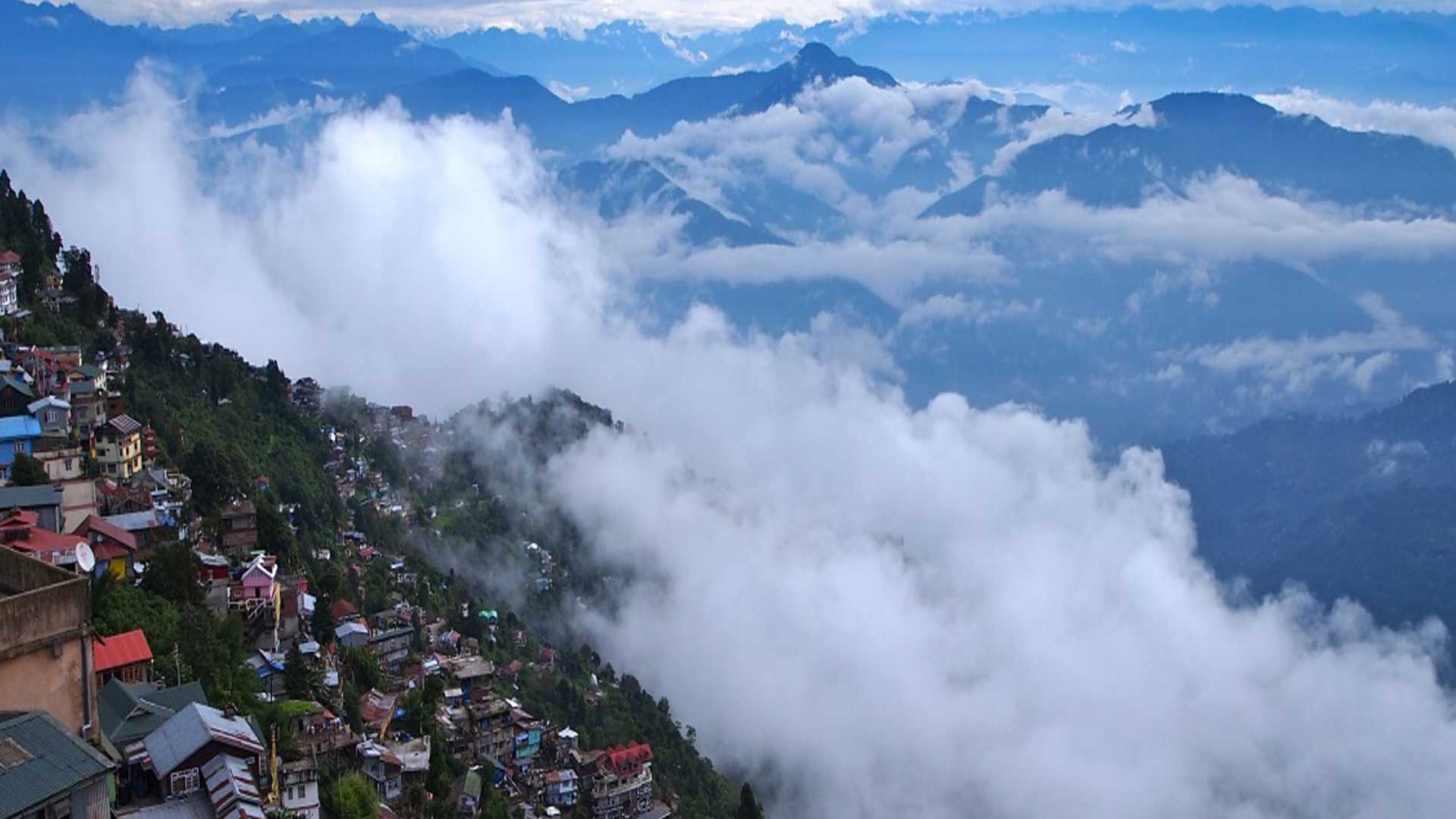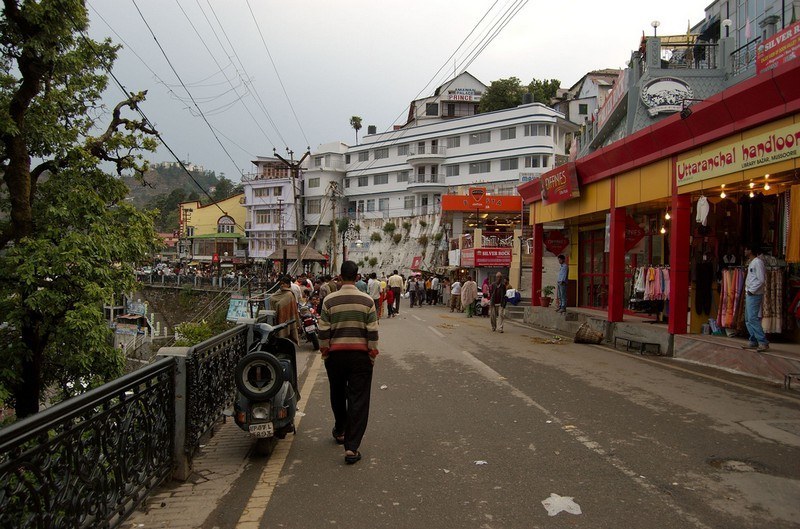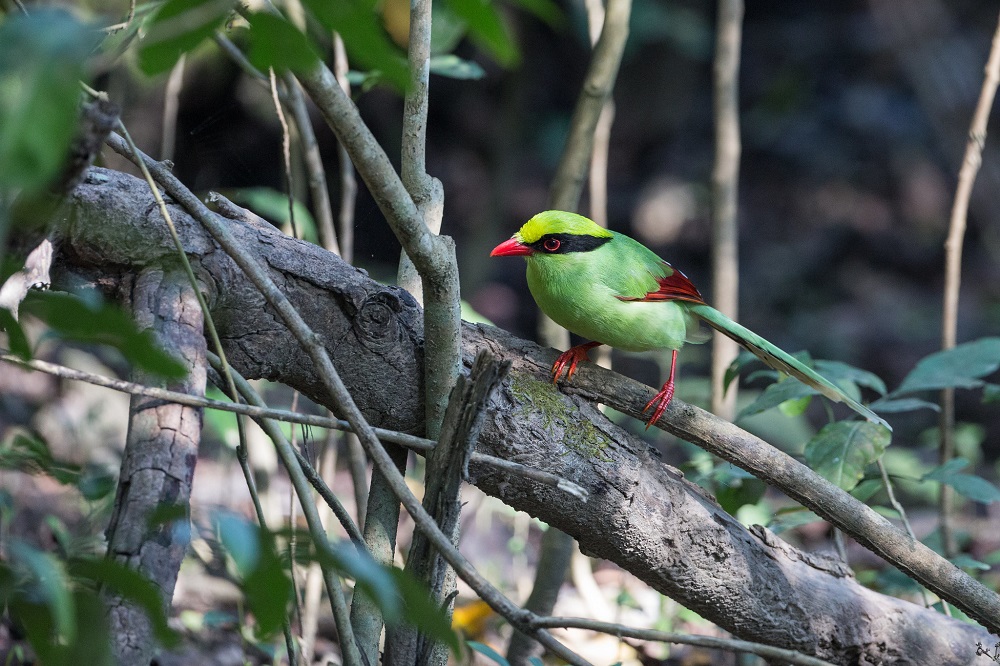History of Uttarakhand
Uttaranchal is a state that has the Garwhal in the Western side and Kumaon on the Eastern side. This is a region that has been dominated by a number of dynasties and these include the Kutuyi, the chand rajas and also the Guptas. In the 18th century the kingdom of Kumaon was first attacked by the Gurkhas from Nepal.
After that Garwal helped the British to step in and then conquer a large part of the region through the treaty of Sigauli in the year 1817. This region got merged with Utter Pradesh after independence. Then there happened a vocal separatist movement after which the present state of Uttaranchal was formed in the year 2000.
In the year 2007, the state was officially also re-named as Uttarakhand and this word traditionally means "Northern Country".
The central stretch of the Himalayas also had an ancient Puranic term and that is called the Uttarakhand. The peaks as well as the valleys well very well known in the earlier times and it was called the abode of Gods and also Goddesses. This was also referred to as the source of the river Ganges. Today this state is also referred to as the "land of Gods". This is because there are a number of Hindu pilgrimage spots that are now available.
A lot of dynasties starting from the Pauravas, Kushanas, Katyuris, Guptas, Palas, Kunindas, the Chands, and Parmars or Panwars to the British have ruled this place from time to time.
Know About the Ancient Medieval History of this Place
The Kols originally inhabited the Himalayan region. They were later joined by the Indo-Aryan khas tribe from the North Western part during the Vedic period. During the Vedic period the Uttarakhand region was served by both the sadhus as well as rishis. As per the legend, Sage Vyasa first scripted The Mahabharata as it is believed that the Pandavas have camped and stayed in this particular region.
Kunindas in the 2nd century were one among the first major dynasties and they practised Shaivism at its earliest forms. These people traded in Salt with the Western part of Tibet. Again between the 7th and the 14th centuries, the Katyuri dynasty started dominating lands of varying areas starting from the Katyur valley in the Kumaon region.
By the middle period the region again got consolidated under the Kumaon kingdom in the Eastern part of the country and the Garhwal kingdom in the Western part of the country. From the 13th till the 18th century, Kumaon kingdom grew and prospered under the Chand Rajas and they actually had their origin in the Indian plains.
During this time, there were new forms of painting also started being developed. The modern day Garhwal was unified under the Panwar rajas and they came to the plains along with Rajputs and also the Brahmins.
The Changes that Happened Post Independence
After India was independent the princely state of Tehri got merged with Uttar Pradesh. The Uttarakhand was composed of Kumaon and also Garhwal divisions. Till the year 1998, this region was mainly referred to as Uttarakhand. After that there were a number of new political groups coming up and they started fighting for an absolutely separate state.
The hill kingdoms of Kumaon and Garhwal are each others rivals and they have varied cultural as well as linguistic influences. But due to the closeness of the various ethnic groups and their similar economy, geography, tradition and culture created a strong bond between the Kumaon and the Garhwal regions.
It was due to this new bond that there was a new political identity formed from the year 1990. This new unity between these two communities gained momentum in the year 1994. The demand for separate state got very wide acceptance among the local people.
Uttarakhand was Finally Born
This state was born when there was a new round of state re-organization in the year1998. The name change of the state resulted in a lot of agitation among the state activists who considered this to be a political act.
However, inspite of all the problems, from the month of January 2007, Uttarakhand started being used and the hill states of Kumaon and Garhwal finally got a name that reflects their cultural past and heritage.


